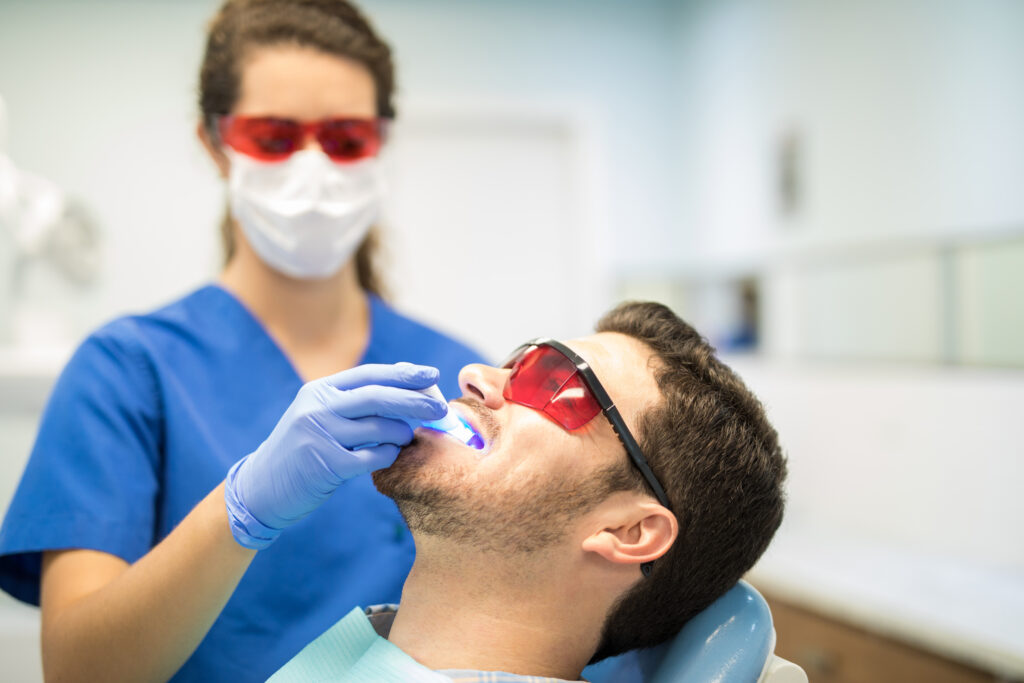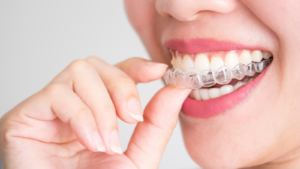If you’re wondering which types of teeth cleaning are right for you, this article is here to guide you through the options. In our fast-paced lives, oral health often takes a back seat. Neglecting our teeth can lead to various dental issues, including gum diseases, cavities, and bad breath. However, regular teeth cleaning can help maintain a healthy smile and prevent these problems. Let’s look at the various forms of tooth cleaning.
Table of Contents
Introduction
Maintaining good oral hygiene is essential for a confident smile and overall health. One of the key components of oral care is teeth cleaning. In this article, we’ll explore the various types of teeth cleaning procedures available and help you determine which one suits you best.
Importance of Teeth Cleaning
Before delving into the different types of teeth cleaning, let’s understand why it’s crucial. Regular teeth cleaning not only keeps your teeth looking bright but also plays a significant role in preventing dental issues. It helps remove plaque, tartar, and stains, which can lead to gum diseases and tooth decay if left untreated.
Basic Teeth Cleaning
Daily Oral Care
The foundation of good oral health begins with daily oral care practices. Brushing your teeth twice a day, flossing, and using an antiseptic mouthwash can help maintain cleanliness and freshness in your mouth.
Professional Dental Cleanings
It’s equally crucial to schedule routine dental checkups and cleanings. Professional dental cleanings involve the removal of stubborn plaque and tartar buildup that cannot be eliminated through regular brushing and flossing alone.
Advanced Types of Teeth Cleaning
Deep Cleaning (Scaling and Root Planing)
Deep cleaning, also known as scaling and root planing, is recommended for individuals with gum disease. It involves removing bacteria and calculus from below the gumline and smoothing the tooth roots to promote gum tissue reattachment.
Air Polishing
Air polishing is a modern teeth cleaning method that uses a combination of air, water, and a special powder to remove stains and plaque. It’s less abrasive than traditional methods and is gentle on the teeth.
Specialized Types of Teeth Cleaning
Laser Teeth Cleaning
Laser teeth cleaning is a minimally invasive procedure that uses laser technology to remove plaque and bacteria. It’s virtually painless and promotes faster healing.
Ultrasonic Teeth Cleaning
Ultrasonic teeth cleaning uses high-frequency vibrations to break down and remove plaque and tartar. It’s gentle and effective, making it an excellent choice for those with sensitive teeth.
Choosing the Right Method
The choice of teeth cleaning method depends on your oral health needs. Consult your dentist to determine which type of cleaning is best for you. They will assess your oral condition and recommend the most suitable approach.
Benefits of Professional Cleanings
Professional dental cleanings offer several advantages. They help prevent gum disease, cavities, and bad breath. Moreover, they can detect early signs of oral health issues, allowing for timely intervention.
At-Home Teeth Cleaning Tips
While professional cleanings are essential, maintaining good oral hygiene at home is equally crucial. Brush and floss regularly, avoid excessive sugar consumption, and stay hydrated to promote healthy teeth and gums.
FAQs
1. How often should I get a professional dental cleaning?
A professional dental cleaning should normally be obtained every six months. On the basis of your unique requirements, your dentist could advise a different timetable.
2. Is laser teeth cleaning painful?
No, laser teeth cleaning is virtually painless. Most patients report minimal discomfort, if any, during the procedure.
3. Can I use air polishing at home?
Air polishing is a procedure performed by dental professionals and is not suitable for at-home use.
4. Are deep cleanings necessary for everyone?
Deep cleanings are typically recommended for individuals with gum disease or significant tartar buildup. Your dentist will assess your condition and advise accordingly.
5. What can I do to maintain fresh breath?
Maintaining fresh breath involves regular brushing, flossing, and using mouthwash. Additionally, drinking plenty of water and avoiding tobacco and strong-smelling foods can help.
Conclusion
Your oral health should be a top priority, and choosing the right teeth cleaning method can make a significant difference. Whether you opt for basic, advanced, or specialized cleaning, regular professional cleanings combined with at-home oral care will help you achieve a bright and healthy smile. Remember to consult your dentist for personalized recommendations.
External Links:
Healthline – Laser Dental Clinic : https://www.healthline.com/health/laser-dentistry#procedures
Image by tonodiaz on Freepik: <a href=”https://www.freepik.com/free-photo/dentist-checking-mid-adult-man-with-ultraviolet-light-dental-clinic_28030961.htm”>Image by tonodiaz</a> on Freepik





